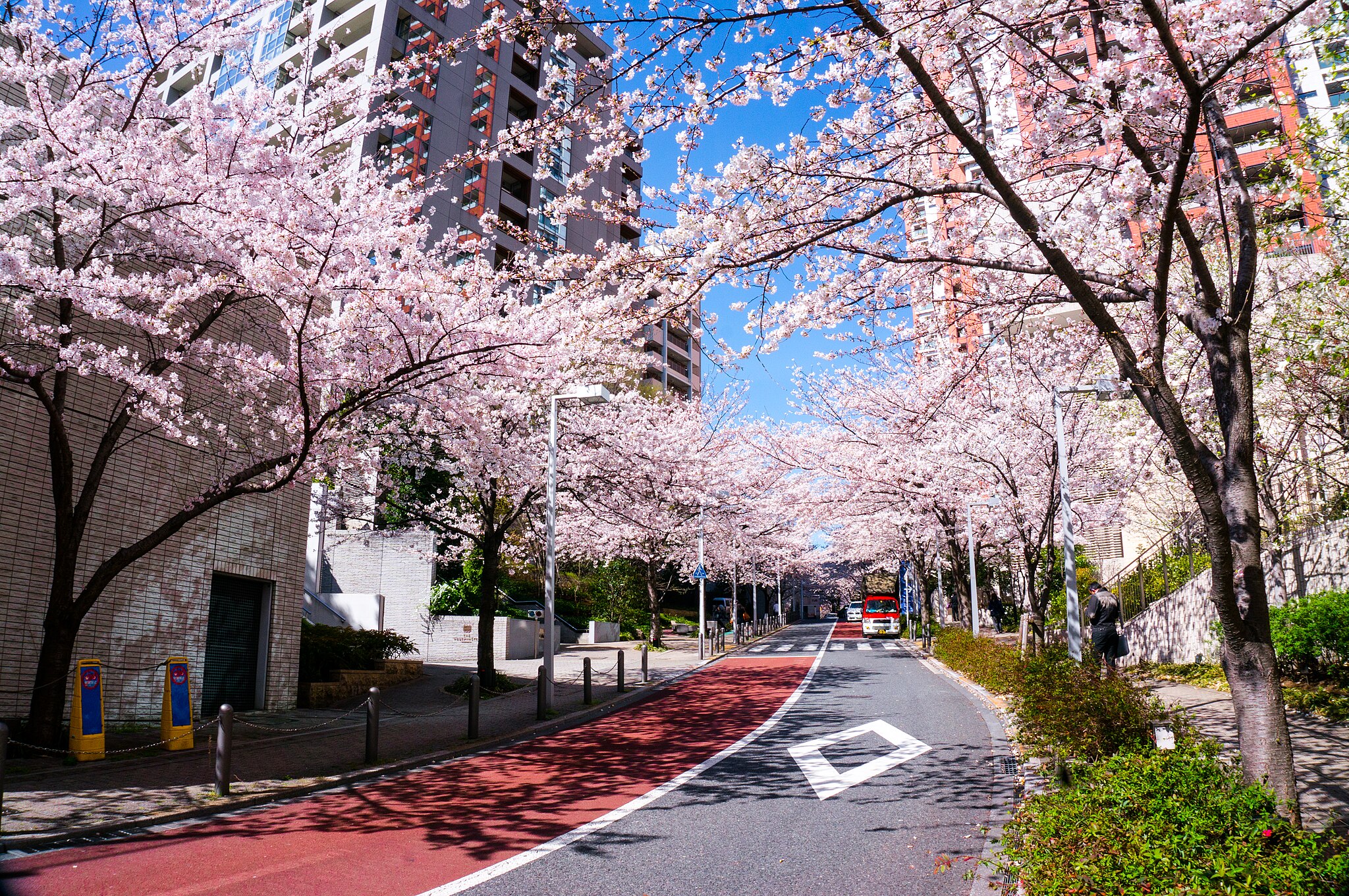Jun 26, 2024
A Guide to Flowers in Hiroshima: From Wisteria to Tulips
The climate of Hiroshima is ideal for a wide variety of flowering plants. These add to the beauty of the already stunning landscapes and many contribute to the local economy. Before you go to Hiroshima, have an idea of what flowers you can expect to see.
Wisteria
After the cherry blossoms finish, the wisteria come into bloom. The result is so impressive that there is an annual festival at Sera Kogen Farm, which has around 1,000 wisteria trees.
Lupine
Blooming at the same time as wisteria is lupine (Lupinus). The colors of these flowers complement the wisteria, resulting in a fantastic backdrop for photos.
Roses
The China rose (Rosa chinensis) is native to southwest China, but it has been cultivated for a long time in Hiroshima. It is popular for its medium-sized flowers and their long blooming time.
Sunflowers
Another flower important enough to have its own festival is the sunflower (Helianthus annuus). Sera Kogen Farm has 60 varieties blooming in a space spanning 65,000 square meters. There are also special spots where you can take photos in the midst of the blooms. You may also notice some wild sunflowers around Hiroshima. Whereas cultivated sunflowers have just one flower head, wild ones have multiple flower heads on a single plant.
Dahlia
The best way to see dahlias is at the Dahlia and Garden Mum Festival at Sera Kogen. In addition to the 550 varieties dahlias, you’ll see 30 varieties of garden mums (Chrysanthemum morifolium). The different colors and shapes result in a spectacular sight.
Peonies
Although the peony (Paeonia) naturally blooms spring, the flowers at National Bihoku Hillside Park have been adjusted to make them start blooming during mid-January. The flowers are protected from the elements by straw shelters.
Narcissus
A top place to see narcissus is National Bihoku Hillside Park. The 700 varieties cover the hill, coming into bloom shortly before the peach blossoms.
Moss Phlox
Hiroshima is home to one of the largest moss phlox (Phlox subulata) gardens in the western part of the country at Flower Village Kamu no Sato. The four colors of flowers bloom across a hillside spanning 50,000 square meters. During the Moss Phlox Festival, there are family-friendly activities to enjoy in addition to the flowers.
Poppies
You may associate poppies with the color red, but those at Kozan Lavender Hill are Icelandic poppies (Papaver nudicaule), which are orange and yellow as well as red. The park is surrounded by mountains, creating a picturesque setting.
Tulips
One of the most impressive sights in the spring in Hiroshima are the fields of tulips. Sera Kogen Farm has around 750,000 in 300 species each year during its tulip festival. In addition, you can view around 100,000 tulips interspersed violas from the Hanano Observatory at National Bihoku Hillside Park.
If you want to see the most impressive flowers, it’s best to visit Hiroshima in the spring. However, many of the gardens and national parks are in bloom year round — with roses and sunflowers in the summer, dahlias in the fall, and peonies and narcissus in winter.


About the author